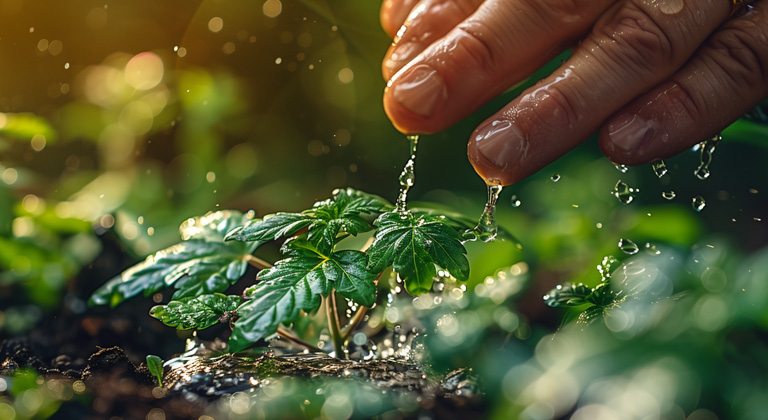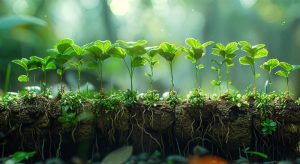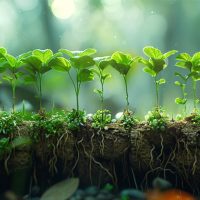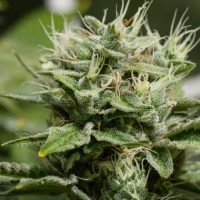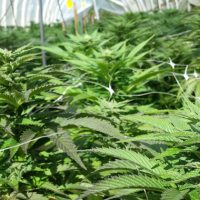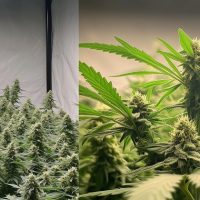What Exactly is Chlorine, and Why is it in our Drinking Water?
Chlorine is a chemical element found in the halogen group in the periodic table of elements. Its role in water treatment is to eliminate bacteria and other organisms to make drinking water safe.
Despite the fact that chlorine has made tap water sanitary, it can damage plants, including cannabis.
How does Chlorine Affect Cannabis Plants?
Watering your plants (in general) with water that contains chlorine isn’t a good idea, but when it comes to your cannabis grow, you should pay particular attention to try and avoid it. Here are the reasons why.
Chlorine harms beneficial soil microorganisms
As we’ve explained in other articles, the use of beneficial microorganisms for soil in cannabis grows is a critical practice that significantly affects the health and yield of cannabis plants.
Chlorine is a chemical that kills both harmful and beneficial bacteria, therefore, if it’s present in you water, you’ll be killing the population of beneficial microbiota living in the substrate.
Using products such as Advanced Nutrients Tarantula to promote a healthy soil ecosystem would be useless if you’re eliminating beneficial bacterial and fungal strains by watering your cannabis plants with chlorine water.
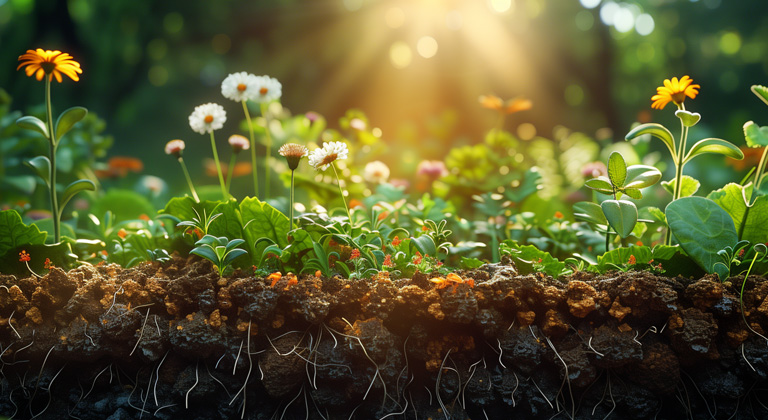
Chlorine Causes Oxidative Stress in Cannabis Plants
Continuous use of chlorinated water on your cannabis plants can cause what we know as “oxidative stress” in your plants and affect their health and development.
Chlorine can alter the plant’s ability to photosynthesize, damage their general health by affecting cellular membranes, as well as inhibiting the antioxidant enzymes the plant produces to defend against oxidative stress.
The following symptoms can appear as a result of these processes triggered by the continuous use of chlorinated water:
- Yellow leaves.
- Tissue death.
- Slowed plant growth.
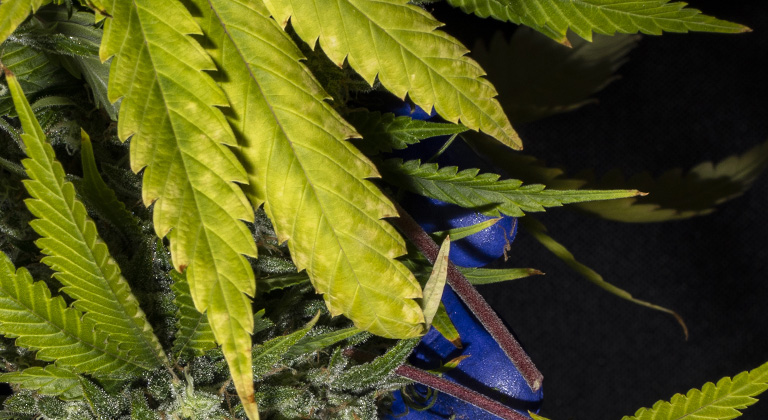
Chlorine Can Alter the Soil’s pH in Cannabis Grows
Chlorine can change the substrate’s pH levels which can make it difficult for roots to absorb nutrients properly.
pH levels in the soil are crucial in cannabis grows, therefore, ensuring that both the watering water’s pH levels and the soil’s pH levels are within the appropriate parameters for the cannabis plant will be necessary.
The suitable pH range for cannabis slightly varies depending on the type of grow. In soil-based crops, pH should be maintained at values between 6.0 to 7.0, while in hydroponic cannabis crops, with substrates like coco or rock wool, the range should be between 5.5 to 6.5.
So, it’s always important to control the pH of your water, for which you can use a pH meter or a reactive pH meter kit. If pH levels are higher than they should be, you can use Terra Aquatica pH down to lower the levels; and when the values are too low, you can use Terra Aquatica pH + Up to increase them.
How does Chlorine affect the Germination of Cannabis Seeds?
Cannabis plants are more vulnerable in their initial growth stage, therefore, using chlorinated water during the germination process of your cannabis seeds can be particularly harmful.
The compound can prevent your prized seeds from properly germinating, or damage the roots of the seedlings which have surfaced.
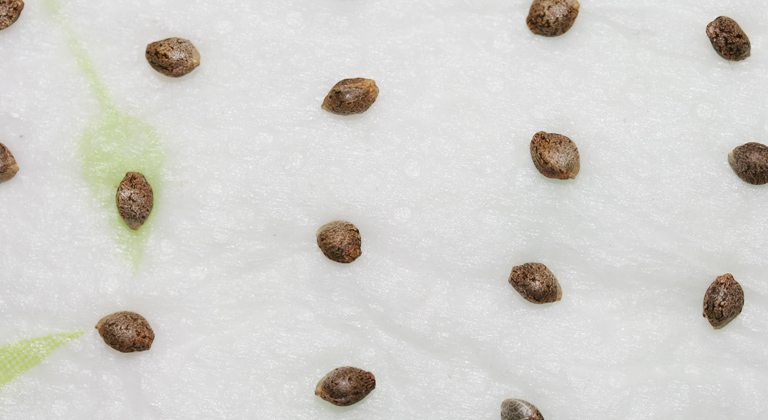
How to Eliminate Chlorine from Water Meant for Cannabis Plants?
There are various methods you can employ to remove chlorine from water, typically depending on the type and size of your cannabis grow.
Let the water sit to get rid of chlorine
The easiest and cheapest technique to remove chlorine from your cannabis plants’ watering water is to let it sit for 24 to 48 hours before using it.
This way, chlorine is released through evaporation, and the longer you let the water sit (up to 48 hours maximum), the more chlorine will be eliminated. This evaporation can be accelerated by using an air pump that generates bubbles or a pump that circulates water. This motion will help chlorine to be eliminated much faster.
This method is suitable for cannabis growers with outdoor grows and space to store water containers. However, if you have space to do this at home, it’s highly recommended for your plants’ health. This method will remove a large portion of chlorine, but not entirely.
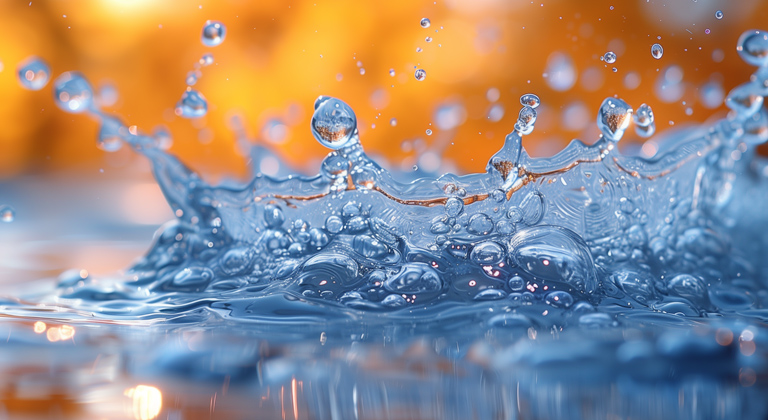
Reverse osmosis filters for eliminating chlorine from water
There’s a difference between the exigency of water quality that a cannabis crop in the outdoors needs and one indoors. This is because outside, cannabis plants have more natural resources available (sun, more complex soil micro-life, rainwater, etc.), therefore, they don’t depend 100% on the environment you need to recreate for an indoor cannabis crop.
For this reason, cannabis plants are more susceptible to being affected in indoor grows, even more so if you’re growing in a hydroponic system.
Therefore, depending on the region where you reside (since water quality varies), the best option for removing chlorine and other substances harmful to cannabis (like lime), will be reverse osmosis filters. These filters can be seamlessly integrated into your plumbing system, providing a continuous supply of purified water.
Not only is this more convenient for indoor crops for the reasons we’ve just mentioned, but it also avoids the issue of space that water storage might pose.
Among the existing osmosis filters, there are also different types that adapt to each grower’s needs:
- Wassertech Osmosis Filter: With a capacity of 150-190 l/day, this filter is perfect for small-scale crops and provides chlorine-free and contaminant-free water.
- Power Grow 500 Osmosis Filter: Capable of purifying up to 500 liters per day (20 liters per hour), this osmosis filter is ideal for midsize crops, guaranteeing efficient water purification.
Take care of the planet! Reverse osmosis filters discard a portion of the water they filter: purified water exits through one pipe and the remaining water, which accumulates all the residues removed from the filtered water, exits through another pipe. You can reuse this discarded water to clean your growing area or to flush the toilet instead of pulling the handle, this way not a drop of this precious resource is wasted.
Variation of Chlorine Levels in Water in Different Countries
Chlorine levels in drinking water vary by country, therefore, depending on the region where you live, this will have a greater or lesser impact on your cannabis grows.
- United Kingdom: Chlorine levels in running water are quite low, usually below 0.5 mg per liter of water.
- Spain: Chlorine levels in the water can vary greatly depending on the region, the season, the quality of the original water and the distribution infrastructure. Therefore, chlorine concentrations can be found in the territory ranging from 0.2 mg to 1.0 mg per liter of water.
- Brazil: This country faces some challenges regarding the quality of drinking water for various reasons, so regulations indicate that the minimum concentration of residual chlorine in water should be 0.2 mg/l and the maximum should be 5 mg per liter of water. For this reason, chlorine levels in Brazil can vary greatly depending on the region, a factor which can impact the quality of water for crop watering.
- Germany: The chlorine levels used in water sanitation in Germany are generally low due to the high quality of water sources and advanced treatment technologies. Therefore, according to German regulations, chlorine levels in drinking water should be maintained between 0.1 and 0.2 mg/l.
- Italy: Levels usually remain low due to the quality of water that comes from rivers and springs, so the range is usually between 0.2 and 0.5 mg/l. However, in some areas, they can be higher, a circumstance that not only affects the taste of the water but can also lead to the problems described above in cannabis grows.
Frequently Asked Questions about Chlorine and Cannabis Plants
- Can I use tap water to water my cannabis plants?
Yes. As long as you use methods (osmosis filters or leaving water out) to eliminate chlorine and adjust other important values such as pH and EC.
- Are there other elements in the water that can harm my cannabis plants besides chlorine?
Yes. There are other compounds that can also wreak havoc on your cannabis grow, such as lime levels and mineral salts in tap water. Therefore, the use of an osmosis filter is recommended depending on the quality of the water in your area, especially if you are growing cannabis indoors. In addition to eliminating chlorine, these filters will also remove lime and any other residues, leaving your water almost as if it were rainwater.
Important: Keep in mind that the filtered water that comes out of the osmosis filter contains no nutrients, making it necessary to add some type of fertilizer to nourish your plants. They can’t survive on water alone!
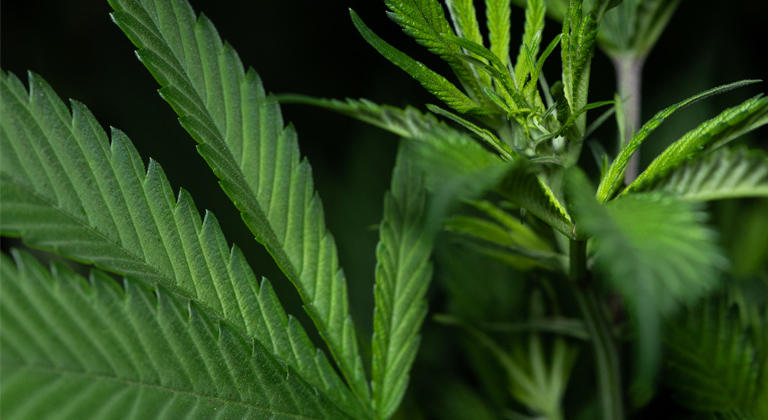
Conclusion
Chlorine is a helpful ally in ensuring water sanitation and allowing us to drink without fear of being poisoned. However, this element can become a foe to your cannabis crop if you do not apply the necessary techniques to eliminate it.
Simple steps such as allowing water to settle for 24 to 48 hours or using osmosis filters will be enough to save you headaches. Remember, it’s better to prevent than to cure.
